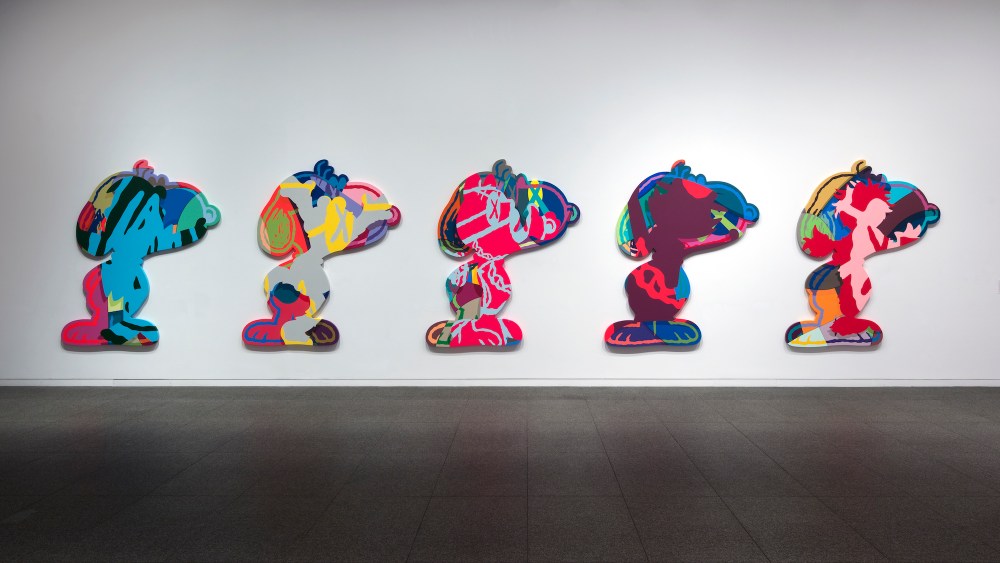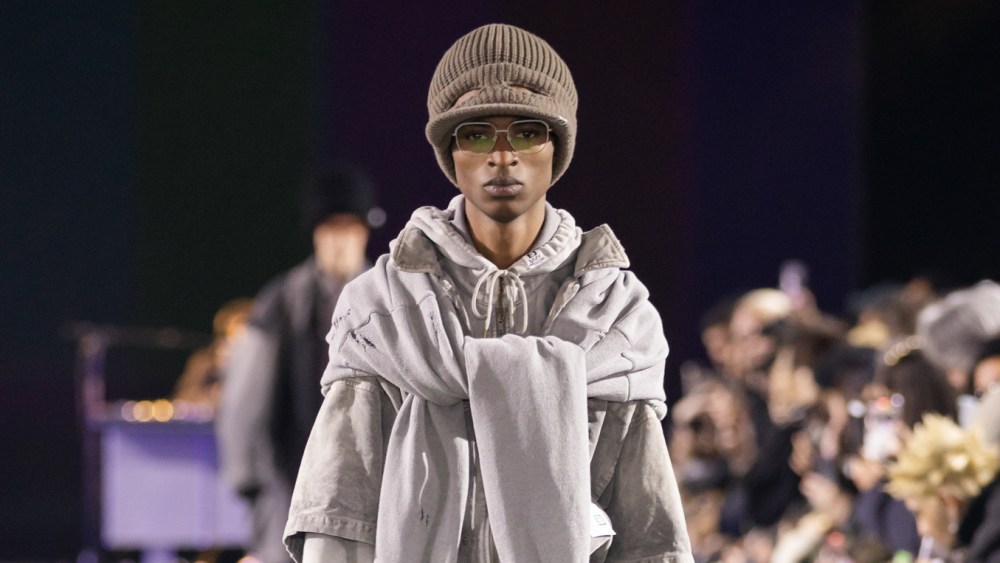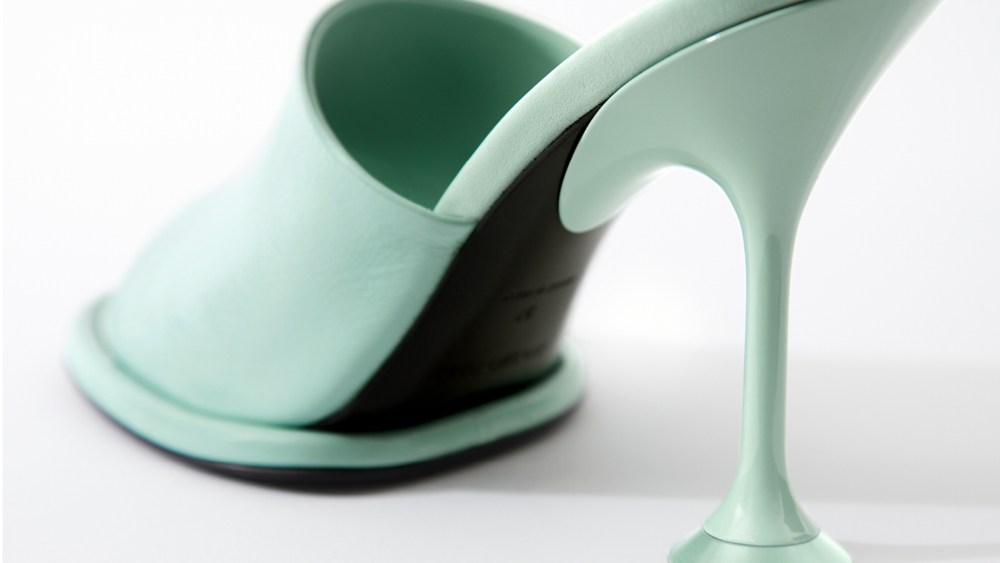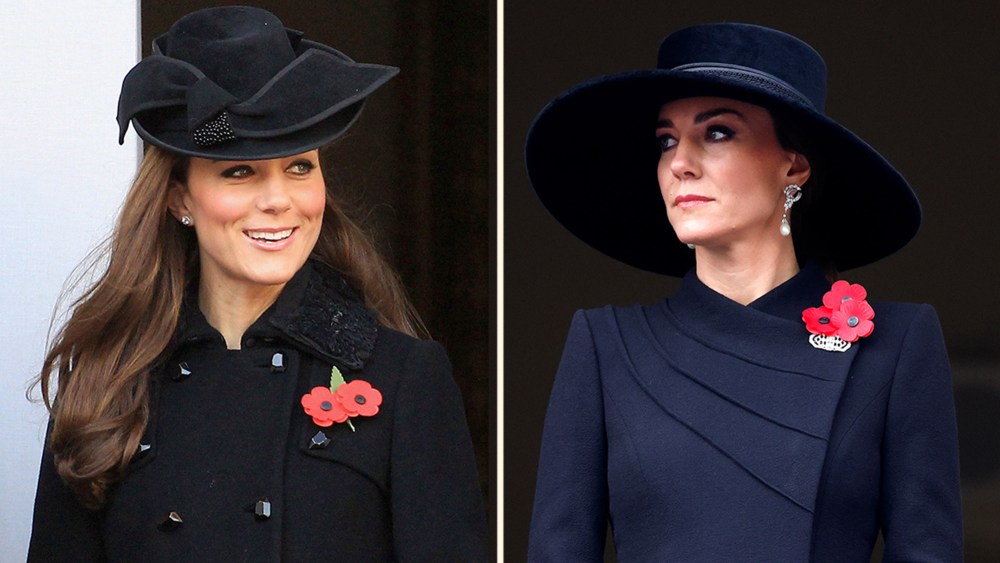This summer, the Parrish Art Museum is paying homage to the East End’s history as a community for artists.
While now a high-end summer destination, the easternmost stretches of Long Island were once a haven for artistic exchange. In the 1940s artists like Jackson Pollock and Lee Krasner began to flock to the easternmost stretches of Long Island, where creatives worked in community and dialogue amid the backdrop of the striking natural landscape.
“Artist communities that have made this region what it is today,” says museum director Monica Ramirez-Montagut. “It was important for us to echo that this is the legacy of the East End, and to tell that story by updating it through contemporary communities of artists.”
The museum is highlighting four mid-career artists, each with ties to the East End, with four solo shows. Although each exhibition will be presented independently, they will be mounted in concurrent pairs. The first two exhibitions to debut this summer will be Eddie Martinez and Sam Moyer on June 30, followed by exhibitions from Kaws and Julia Chiang opening July 14.
“These are artists that know each other and they are very aware of [each other’s] works,” Ramirez-Montagut says. Not only are the four artists friends — each pairing also happens to be married. Despite the close personal connections, the idea was to highlight each artist’s individual artistic journeys, while also exploring the significance of working within a supportive community of peers.

Ramirez-Montagut, who worked on Kaws’ first museum exhibition and publication in 2010, will be curating the artist’s exhibition for the museum, and Corinne Erni will oversee curation for Martinez’s, Moyer’s and Chiang’s work.
“[Kaws] has the ability to speak to young audiences and to bring new audiences into the museum, and he makes sure that everyone has a fantastic experience and engages with the art,” says Ramirez-Montagut, crediting the artist’s broad resonance. “That is something that every single museum is looking for: being able to reach young adults, bring in new audiences that have otherwise not been in the museum, and also have them leave the museum feeling inspired and excited and enthusiastic.”
His exhibition will feature mid-scale sculptures and paintings from the past decade alongside several new pieces — highlighting two points in his career, “so that people can see how the work has remained consistent throughout the years, but also see how he’s been pushing some of the work and always coming up with some new fresh ideas.”

In a neighboring gallery of the museum, Chiang will present new works, including paintings and ceramic sculptures.
A sense of place as inspiration underscores the museum’s first two exhibitions. Martinez will exhibit several new “Bufly” paintings, a series named for his son’s fascination with butterflies. His works were created at a large scale to take advantage of the exhibition space.


Moyer’s newest works were also created with the museum’s architecture in mind. Her exhibition will stretch across three galleries, highlighting her works’ relation to space and light. A new painting, roughly 20 by 10 feet, with inlaid marble, will be shown in one gallery with space for visitors to sit and view the piece. An adjoining gallery will exhibit a sculpture from her Dependence series, an interconnected piece created from diverse materials.
“For me, it was really about showcasing a new generation of artists,” Erni says of the museum’s upcoming slate. “And it also so happens that their work is quite vibrant and colorful,” she adds. “I think they’re perfect shows for the summer.”




